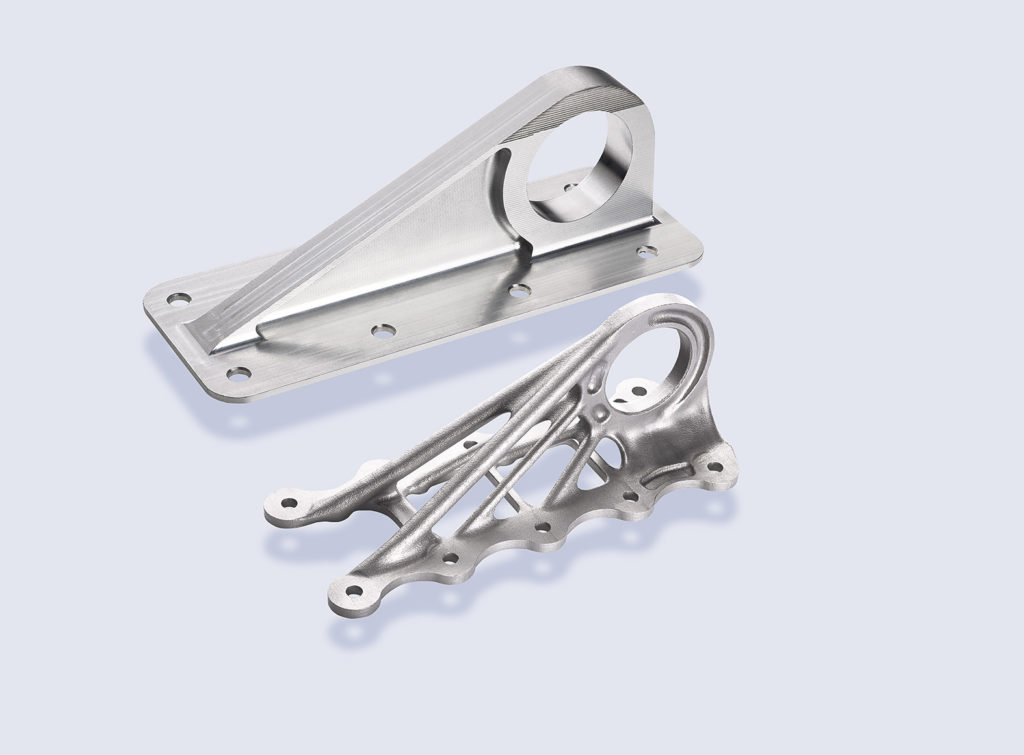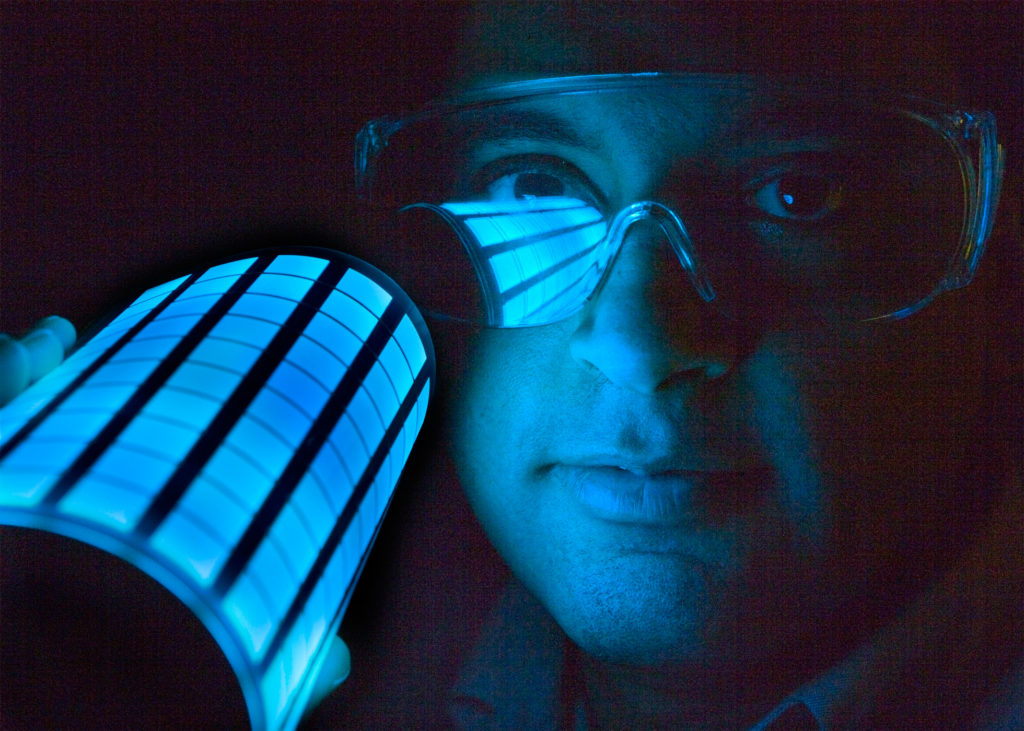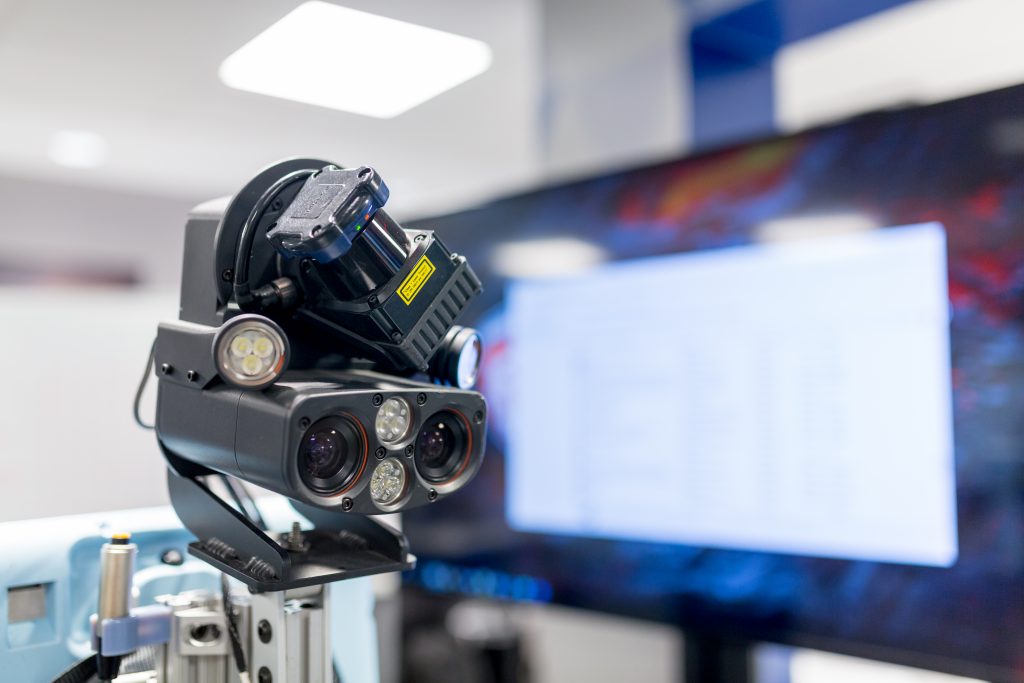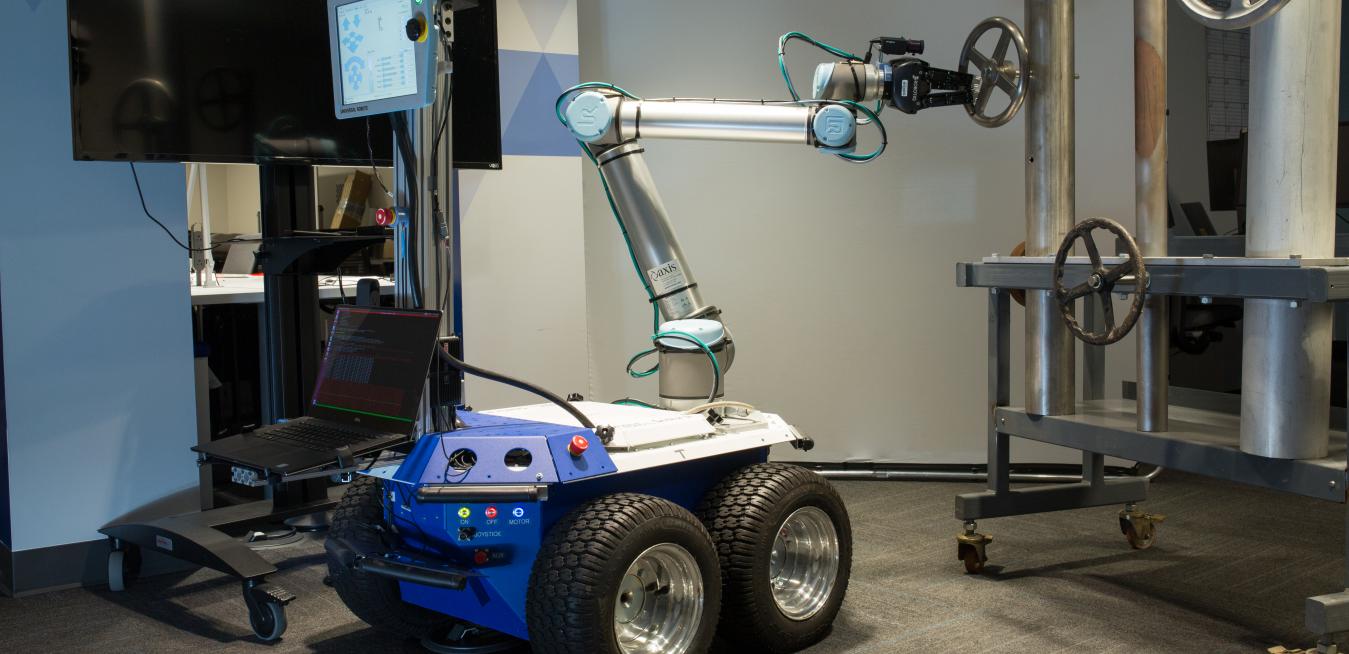Energy and Sustainability
 New power distribution models move away from the centralized utility model toward a distributed network of solar power generated by individual homes and businesses. Image credit: Getty Images.
New power distribution models move away from the centralized utility model toward a distributed network of solar power generated by individual homes and businesses. Image credit: Getty Images.Gains in mobile and stationary storage are making renewable electricity a possibility for some 2 billion people who previously didn’t have access to power. In fact, two-thirds of net new-energy-generation capacity worldwide is from renewable sources, says Marianne Wu, president for equity investing at GE Ventures. Smart software is also making it easier to distribute energy to new locations and new assets, including electric vehicles.
As new power distribution models move away from the centralized utility model toward a distributed network of solar power generated by individual homes and businesses, GE Ventures foresees existing utilities becoming power managers rather than power generators.
The flurry of merger and acquisition activity in 2017 suggests a trend toward decentralizing and de-carbonizing energy assets that Wu says is certain to accelerate. It will result in “new models and new markets,” along with increased reliability and reductions in cost and carbon footprints.
Manufacturing Technology
 A 3D-printed “bionic” aircraft wing bracket (bottom) for Airbus A350 XWB jets. 3D printed parts can be much lighter and stronger than components manufactured by traditional methods (top). Image credit: Airbus Operations.
A 3D-printed “bionic” aircraft wing bracket (bottom) for Airbus A350 XWB jets. 3D printed parts can be much lighter and stronger than components manufactured by traditional methods (top). Image credit: Airbus Operations.New software tools and applications are making industrial processes such as inventory management and delivery smarter, more efficient and easier to track. On the hardware side, 3D printing and other additive manufacturing techniques are revolutionizing how we make both industrial and consumer products.
Take, for instance, GE’s new Advanced Turboprop, which will power Textron Aviation’s Cessna Denali. The engine’s designers were able to consolidate 855 parts into just 12 components — reducing its weight by one-quarter, cutting development time by one-third and increasing lifespan fivefold. Similarly, a new 3D-printed jet fuel nozzle combines 20 parts into one unit, weighs 25 percent less than the original, and lasts five times longer.
Additive manufacturing also makes it possible to produce parts on demand in decentralized facilities closer to customers, significantly reducing warehousing and transportation costs. It can even create “economies of one,” says Karen Kerr, executive managing director for advanced manufacturing enterprise at GE Ventures. A recent example: a partnership between Adidas and Carbon, a Silicon Valley startup, to produce a customized 3D-printed athletic shoe.
Healthcare
 In 2016, Nicole Gularte (right) entered a cell therapy trial run by Dr. Carl June and his colleagues (middle) at the University of Pennsylvania and Children’s Hospital of Philadelphia with the hopes of fighting her acute lymphoblastic leukemia. It worked, and today her cancer, which had relapsed seven times before the trial, is still in remission. Image credit: Nicole Gularte.
In 2016, Nicole Gularte (right) entered a cell therapy trial run by Dr. Carl June and his colleagues (middle) at the University of Pennsylvania and Children’s Hospital of Philadelphia with the hopes of fighting her acute lymphoblastic leukemia. It worked, and today her cancer, which had relapsed seven times before the trial, is still in remission. Image credit: Nicole Gularte. The latest technology and science mean little if people can’t get the healthcare they need, says Lisa Suennen, senior managing director of healthcare investing at GE Ventures. Technology, married with clinical expertise, offers the health care industry ways to improve patient satisfaction levels and clinical outcomes.
Change already is afoot. For example, access to massive amounts of data can help a physician know what drug may work best against a patient’s tumor. Doctors can reprogram immune-system cells into powerful cancer-fighters. Predictive and prescriptive analytics can help clinicians intervene before an adverse medical event happens. And 3D printers can manufacture medical devices on demand.
But healthcare remains a human service. “If anyone believes we can take the people and human touch out of healthcare, they are sorely mistaken,” says Suennen. “We need to make healthcare more personalized, more accurate, and more efficient but avoid using technology for technology’s sake.”
Technology Transfer And Licensing Policy
 GE is leveraging its vast intellectual property portfolio through new models such as equity partnerships and other arrangements. Image credit: GE Global Research.
GE is leveraging its vast intellectual property portfolio through new models such as equity partnerships and other arrangements. Image credit: GE Global Research.The current global marketplace has created an opportunity for a different strategic model from the traditional system of patenting inventions and licensing them to others that’s been around for decades, says Pat Patnode, president of GE Ventures Licensing. For example, GE is leveraging its vast intellectual property portfolio through new models such as equity partnerships and other arrangements. “We are leveraging strategic partners that help us generate business plans, build teams, raise money and bring our technology to market in new ways,” Patnode says.
New Cloud Technology
 Thanks to machine learning and deep learning, edge computing — which places data analytics and memory directly on machines like wind turbines and jet engines — also becoming smarter and able to control devices in real time. Image credit: Getty Images.
Thanks to machine learning and deep learning, edge computing — which places data analytics and memory directly on machines like wind turbines and jet engines — also becoming smarter and able to control devices in real time. Image credit: Getty Images.Industrial companies are capitalizing on cloud computing’s core benefits: efficiency, agility, and scalability. Software “container” and “edge” technologies will extend those benefits even further, according to Michael Dolbec, managing director of digital ventures for GE Ventures. “Traditional enterprises using containers typically only have to worry about them in the cloud — where there are lots of resources and lots of help,” Dolbec says. Cleverly designed and fairly lightweight software stacks at the edge of the system, say, on a wind turbine, jet engine or a locomotive, when designed properly with container-embedded security, can run the right processes and scale up or down, with industrial-grade performance. Thanks to machine learning and deep learning, edge computing is also becoming smarter and able to control devices in real time.
Conclusion
 Top and above: 2018 will usher in smart integration of breakthrough technologies, like this VR-controlled robot from GE Global Research, enabling business leaders to grow smarter and faster. Image credit: GE Global Research.
Top and above: 2018 will usher in smart integration of breakthrough technologies, like this VR-controlled robot from GE Global Research, enabling business leaders to grow smarter and faster. Image credit: GE Global Research.Overall, GE Ventures expects 2018 to usher in smart integration of breakthrough technologies enabling business leaders to grow smarter and faster. Streamlined data analysis can provide executives with better information before they make decisions. Physicians can tap libraries of thousands of genes before planning treatments. Consumers can get products tailored specifically to their needs. And renewable energy can become a more prevalent source of power for it all.
These new technologies are additive — making human resources more valuable and efficient. The year ahead will be when business leaders focus on integrating and capitalizing on the potential of innovation in new, dynamic ways.





